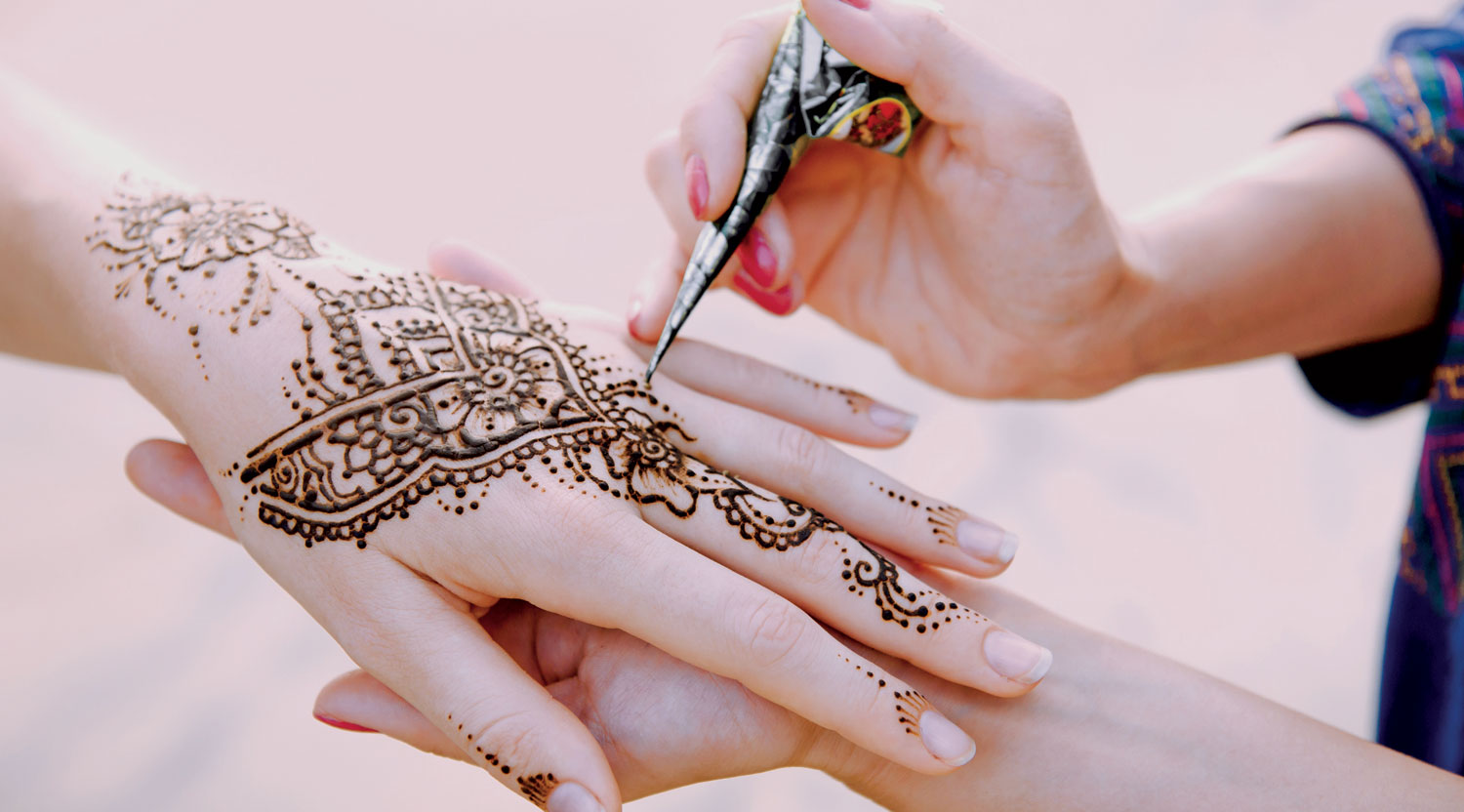

MUSCAT, June 13 - Most women apply henna on the hands and feet on the previous day of Eid as part of the festival celebrations.This time, however, they have been warned against buying some henna tubes at the neighbourhood grocery stores, supermarkets or malls. Reason: Artificial/ imitation henna is made by adding industrial dyes and solvents in order to increase its shelf life. “The commonly used additives are gasoline, kerosene, lighter fluid, benzene and PPD (P-phenylenidiamine). PPD is said to cause severe blisters, permanent scarring and in worst cases, organ damage,” says Dr Paul Joseph.
The average PPD concentration in henna can be as high as 10-40 per cent, which is enough to trigger allergic reactions on the skin. It is learned people resort to “quickfixes” such as henna tubes because it’s difficult to procure fresh leaves, grind them and go through the elaborate process of preparing henna. On the other hand, these small henna tubes are available in the market for as less as 500 baisa, which is “quite reasonable”, according to some women. “Manufacturers of cheap henna tubes use additives to give henna a darker shade as against its natural colour.
They could be adding spurious chemicals to get a darker shade, which is dangerous,” says Dr Abdul Nissar, a dermatologist. Many women, especially young girls, were reportedly taken to hospitals with burns due to chemical reactions every year, hospital sources have said. The demand for henna rises ahead of the Eid, with traders selling thousands of tubes in different cities across the country. Artificial mehndi, available in black, maroon, green and red colours, are imported in huge quantities and sold in supermarkets and downtown Ruwi shops. “When the old brown henna was in demand, we just had to add special mehndi oil on it to give it a darker shade. Nowadays, people have started demanding darker shades and colourful mehndi.
KABEER YOUSUF
Oman Observer is now on the WhatsApp channel. Click here



